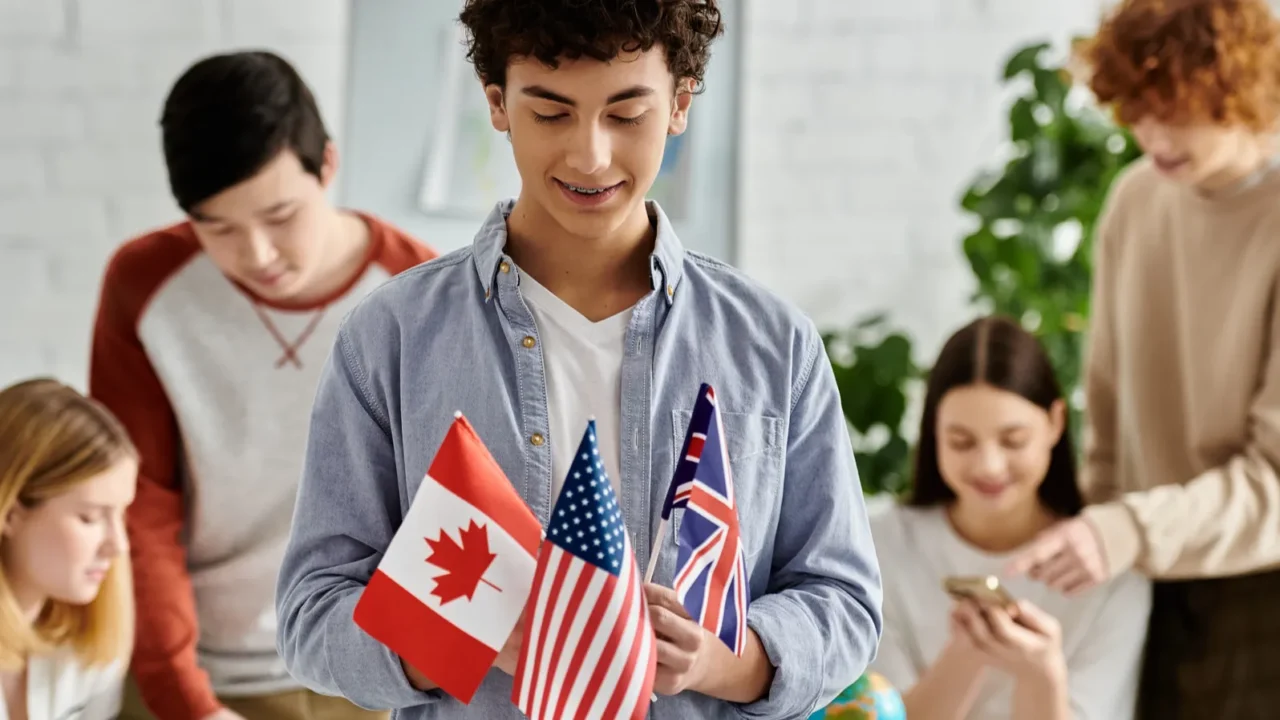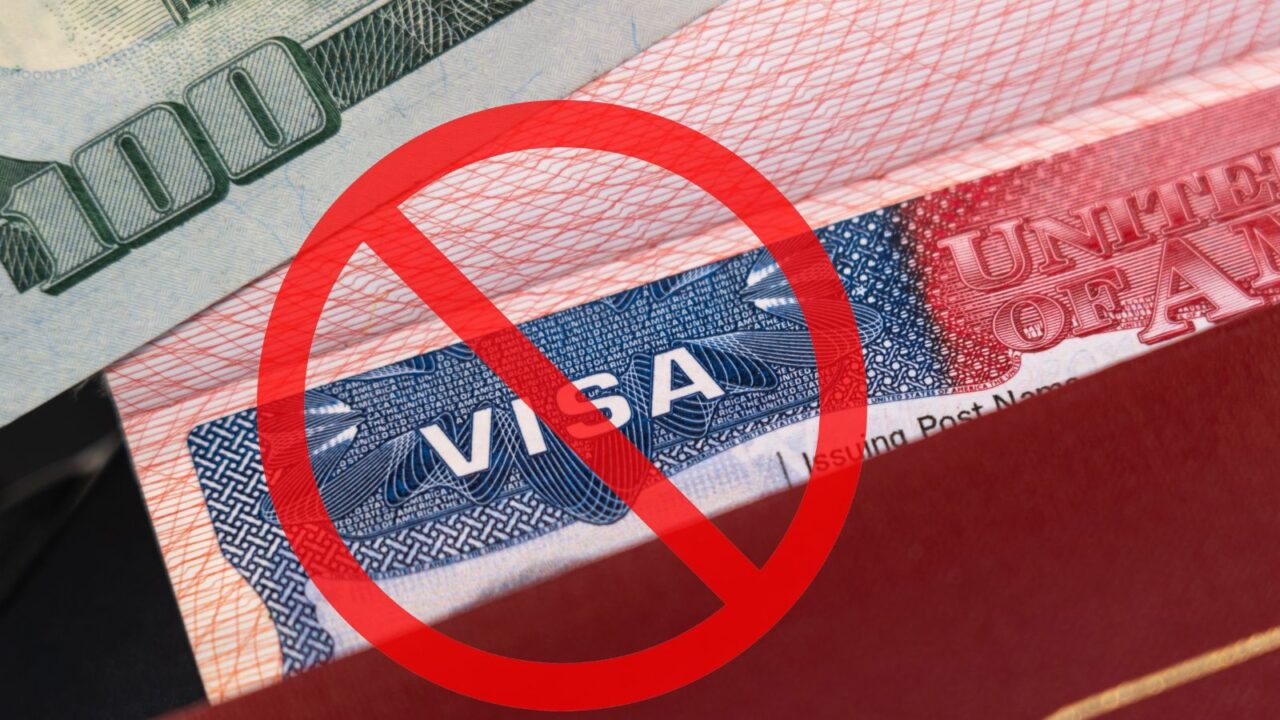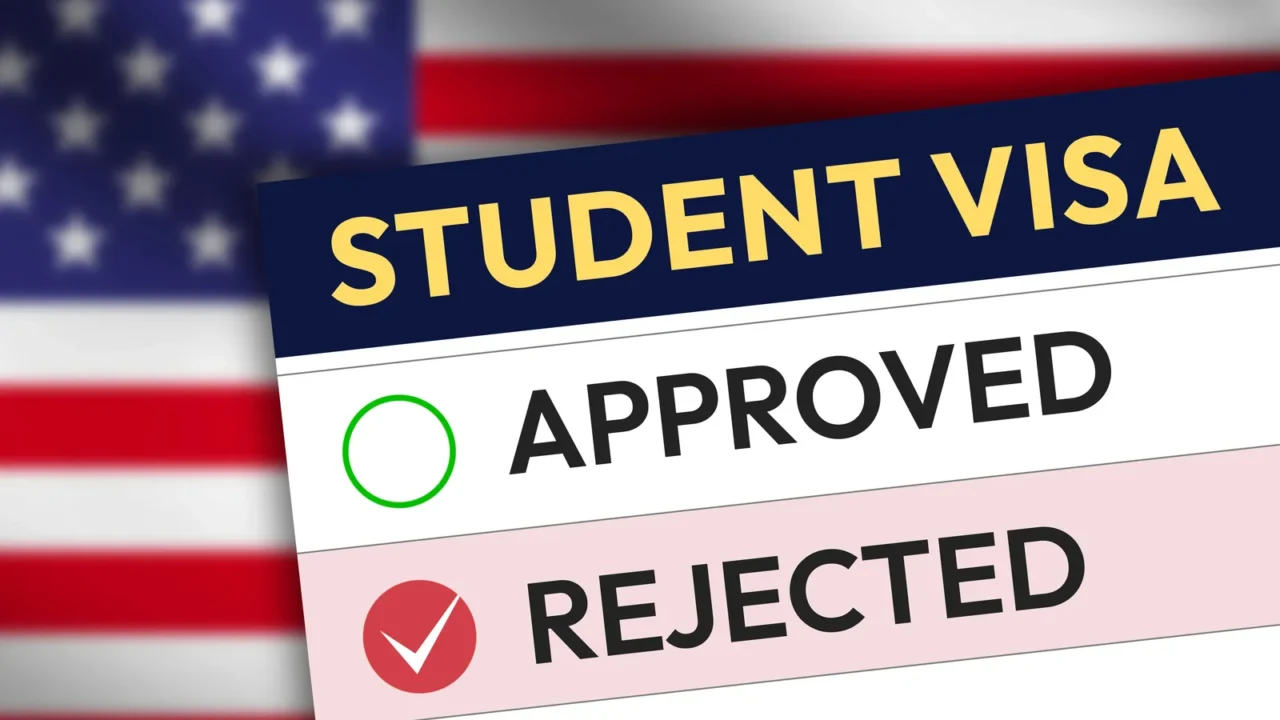
What’s at stake for international students?
A 2025 travel ban could prevent thousands of international students from 19 countries from attending U.S. colleges, preventing them from getting U.S. student visas, including F-1, J-1, and M-1.
This will cause a 30-40% drop in U.S. student enrollment, impacting not only students but the institutions they attend. It’s a major challenge for both incoming students and the U.S. economy. If left unresolved, this ban will have long-lasting effects on the diversity and success of U.S. higher education.

Why the ban is happening
The Trump administration says the ban is to protect national security and prevent visa overstays. They cite concerns about inadequate screening in some countries.
Critics argue that the ban is overly broad and harms the U.S. education system, causing a loss in diversity, talent, and future international partnerships. By limiting access to U.S. education, the policy risks reducing the country’s competitive edge globally.

How many students will be impacted?
More than 5,700 F‑1 and J‑1 visas were issued to citizens from the 19 affected countries between May and September of last year.
That’s a significant impact on colleges and universities, especially in terms of enrollment and diversity. With fewer international students, many U.S. universities could face financial setbacks as well.

Which countries are affected?
The travel ban affects 19 countries, with 12 fully banned and 7 partially restricted.
The countries affected include nations in Africa, the Middle East, Asia, and the Caribbean. Students from these countries can’t apply for new visas unless exempted. The restrictions prevent students from many regions, hurting the global exchange of ideas and opportunities.

What happens to current students?
Students already in the U.S. may retain status under current rules, but those who leave could face reentry constraints under new policies.
This uncertainty makes planning for the future difficult, as international students are left unsure about their ability to travel home or continue their studies without interruption.

What are the exemptions?
Certain individuals can still enter the U.S. under the ban. This includes U.S. citizens’ immediate family members, dual nationals, and students with valid visas issued before June 2025.
Humanitarian exceptions also exist, but they are rare and hard to secure. This makes it especially difficult for affected students to travel without meeting specific, stringent criteria. Exemptions are limited, and only a few individuals may be able to bypass the restrictions.

How does this affect U.S. colleges?
With the ban in place, U.S. colleges and universities face a decline in international student enrollment. Many institutions rely on international students for tuition revenue, and a drop in enrollment will hurt their financial stability and global reputation.
Reduced international student numbers also impact campus diversity and the cultural enrichment these students bring to academic communities.

Can students still apply for visas?
For 12 countries under a full ban, no new student visa applications will be processed. Seven other countries face partial restrictions, meaning some visa applications will still be considered but will be subject to delays and additional scrutiny.
This creates uncertainty for students who are unsure whether they will be able to study in the U.S. under the new policy.

The impact on scholarships and offers
Even though many students have been accepted to U.S. colleges and offered scholarships, the travel ban means they cannot attend.
This creates uncertainty for students who were excited about starting their U.S. education but are now left in limbo. With scholarships and offers on hold, many students are left wondering how to move forward with their academic and career plans.

What does this mean for diversity?
International students bring a unique cultural and educational perspective to U.S. campuses. The ban severely limits this diversity, affecting not only classrooms but also the overall U.S. cultural landscape, which thrives on global influences.
A decrease in international students means fewer opportunities for cross-cultural exchange and collaboration, both of which are essential for a dynamic academic environment.

Why this ban matters to the economy
The U.S. education sector benefits greatly from international students who contribute significantly to the economy. A drop in international student enrollment could lead to billions of dollars in lost revenue, affecting everything from tuition fees to the local businesses that cater to students.
The loss of this economic contribution will also impact the broader community surrounding educational institutions.

Will the ban last?
The travel ban is subject to review every 180 days, meaning new countries could be added or removed from the list.
It’s important for students to stay informed and watch for updates that could affect their visa status or applications. While the ban is set in place for now, changes could come based on security assessments and diplomatic relations.

The delay in visa interviews
Visa interviews from affected countries face delays and additional scrutiny, creating uncertainty for students. This adds a layer of frustration, as students cannot plan their travel or academic schedules until the situation is resolved.
Delays in visa processing could push back students’ academic start dates, causing further disruption to their education.

What’s next for students and universities?
With enrollment down, universities may face challenges in adjusting to these new realities.
However, many are working on solutions to support affected students, including offering virtual programs and alternative study options for the coming academic years. Students may also explore study-abroad programs or remote learning to continue their education.

How students can maintain status
Students already in the U.S. must maintain their visa status by continuing to follow the rules. If they travel outside the U.S., they should consult with their international student office, as re-entry could be complicated due to the ban.
It’s also advisable for students to avoid unnecessary travel abroad until the ban situation stabilizes. Want to save on your next flight? Learn how to spot and avoid hidden airline fees before you book your next trip.

What students can do to stay informed
Students affected by the ban should regularly check with their university’s international office for updates.
It’s also wise to monitor official government channels for the latest information on visa policies and travel restrictions. Staying informed will help students adjust to any policy changes and plan accordingly for their studies. Check for more details on Trump’s 2025 Travel Ban, which might affect your plans.
How do you think the 2025 travel ban will impact international students and U.S. higher education? Share your thoughts in the comments below, we’d love to hear your perspective
Read More From This Brand:
- 14 tailored retreats to help bounce back from burnout
- Add these 10 epic European monuments to your bucket list
- 14 surprising Disney park secrets for parents who want to come with kids
Don’t forget to follow us for more exclusive content right here on MSN.
This slideshow was made with AI assistance and human editing.